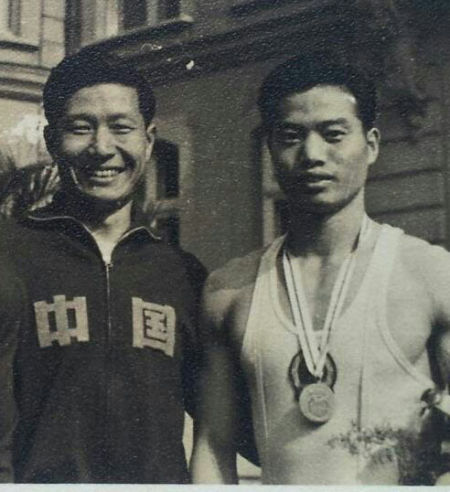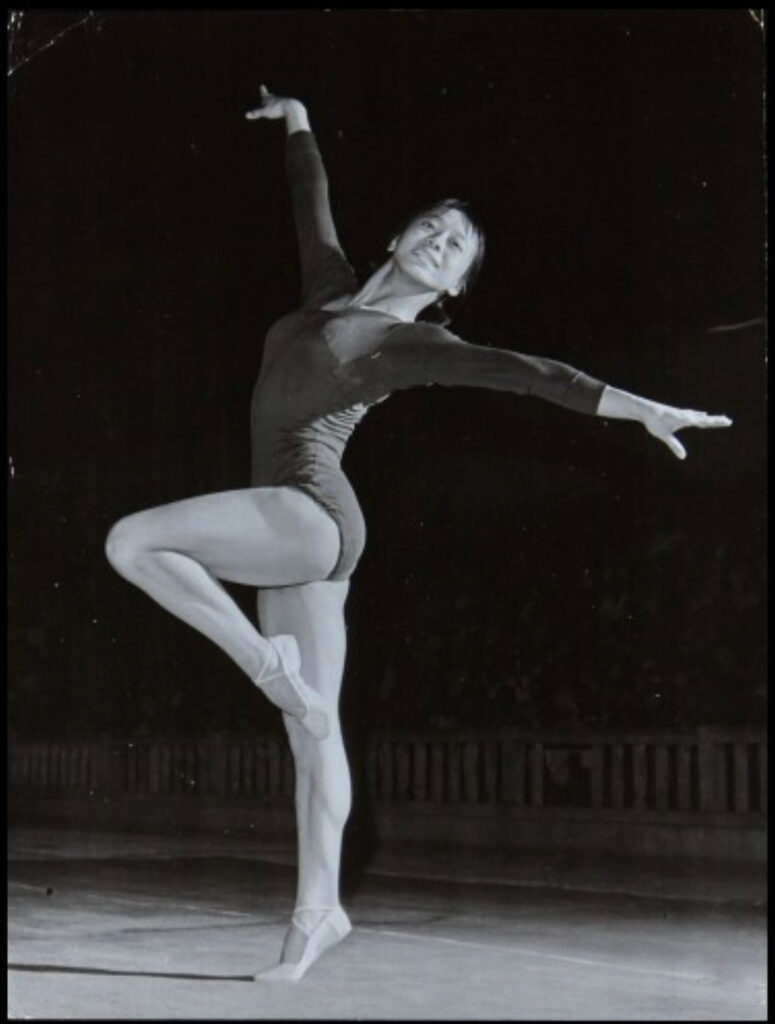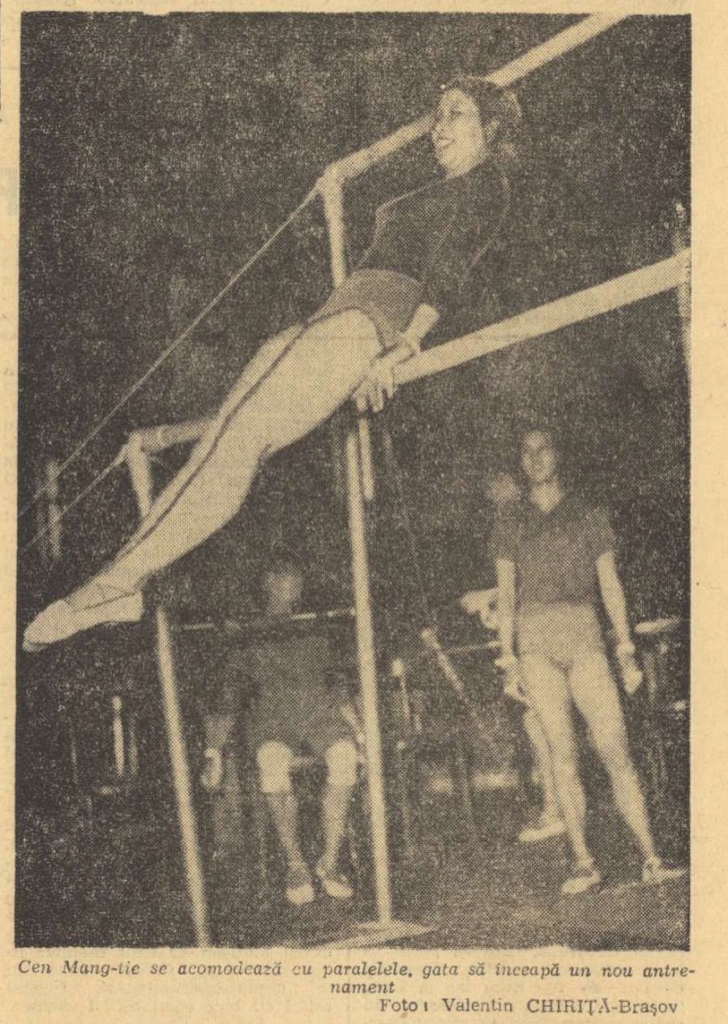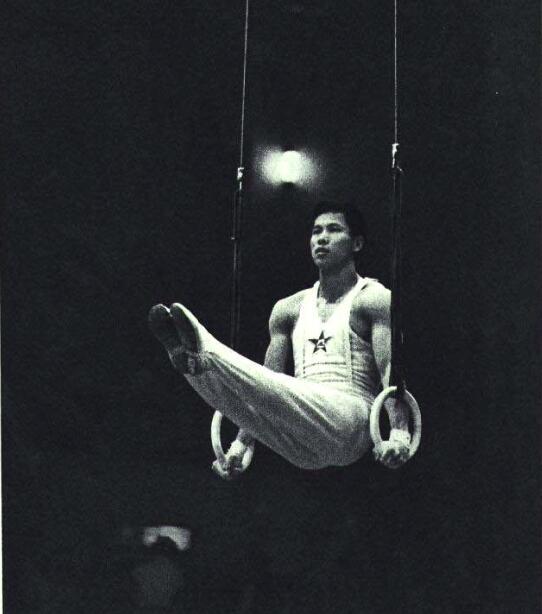Where were China’s gymnasts in the 1970s? Why did they suddenly appear again at the 1979 World Championships, where Ma Yanhong tied for gold on uneven bars?
The answer has to do with the People’s Republic of China’s status with the FIG. Sounds kind of dull, right? But I don’t know that you can call delegations storming in and out of an FIG meeting “dull.” At any rate, unless you were a gymnastics fan in the 1970s, you might not know the story of China’s readmittance to the FIG because little has been written in English about the subject.
To be sure, this story touches upon the relationship between China and Taiwan, which, to state the obvious, is a complicated one. I am not about to dive into centuries of Chinese and Taiwanese cultural and sports history. Instead, this story will be told primarily through the FIG’s very own minutes — with a little IOC history sprinkled in for context.



